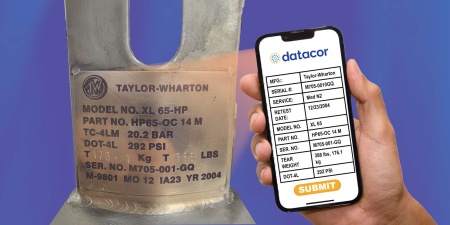By Mike Marks, Indian River Consulting Group
As we’re all aware: The supply chain is no longer as dependable as it used to be. It’s now the equivalent of a wild pendulum with sporadic oscillations.
Demand is also fuzzy and seems to be ever-changing. Think about the start of the pandemic, when there was a massive shortage of masks and gloves. People were doing some really interesting things to find and stockpile these supplies. Now, companies give away masks and gloves because they have so much backstock. It’s the same scenario that is going to play out in the automotive industry. Right now, there’s a shortage of chips. Manufacturers are still making cars while they wait, so once they have the chips, there’s going to be overstock of vehicles and companies offering major deals and incentives to buy a new car.
The current challenge is inflation. There are steep increases across the board. Because of inflation and an uncertain supply chain, manufacturers are hearing the same refrain from their distributors: “You have to stop passing the price increases because I can’t pass them on to my customers!” Or, “When are you going to deliver product to me?”
It’s obvious that the exaggerated pendulum of a supply chain will be with us throughout this year and potentially into 2023. So how do distributors deal with the consequences and resulting inflation?
In an inflationary environment, you have to watch closely for changes and, when you recognize a change, react quickly. You must be ready and able to make changes within the day or hours – not weeks. Being agile determines whether you succeed (and survive) an inflationary period.
How Distributors Can Respond
Distributors need to be closer to their supply chain partners. Share more data and look for the best price. The companies that are more aligned with their suppliers are the most successful during unpredictable times.
Get customers to behave differently. You have to figure out what the customer really needs and provide that, which might go against what they “want.” For example, although the cleaning industry is a recession-proof industry, it’s still supply chain-dependent. Distributors can tell their customers not to schedule orders for rush delivery. You could say, “I’ll deliver 80% of your A items monthly and cover the cost of the freight, and you can add to that order any time you want, but you can’t change the order without a 30-day notice.”
Here’s another example from the healthcare industry: A hospital called their distributor and requested 80 respirators, but the distributor could only provide 20. Although the hospital was insistent, the distributor remained strong and said, “I can only provide 20, but I’ll give you 20 every month, and you can start to backfill the rest.”
Use the features and parameter settings in your ERP system. Most distributors have dynamic scheduling and safety stock; however, many of them don’t actually use these features. If a distributor is using their inventory management system to its fullest potential, over 75% of the line items they order from suppliers should be computer generated. That means no human touches on those orders; they’re automatically being sent.
Most distributors have about 30% of their orders being computer-generated because it’s hard for some employees to let go and let the technology run that part of the show.
Surprisingly, you don’t have to buy more or new software to be successful: You just need to utilize what you paid for more effectively. If you don’t know how to use your systems, make sure your staff gets the proper training.
If distributors follow these steps, roughly half of the supply chain crunch and resulting problems would disappear. You can weather wild swings in the supply chain pendulum. You just have to be agile and ready with the right tools and strategy to respond.









